Prioritising and protecting Nigeria’s threatened trees
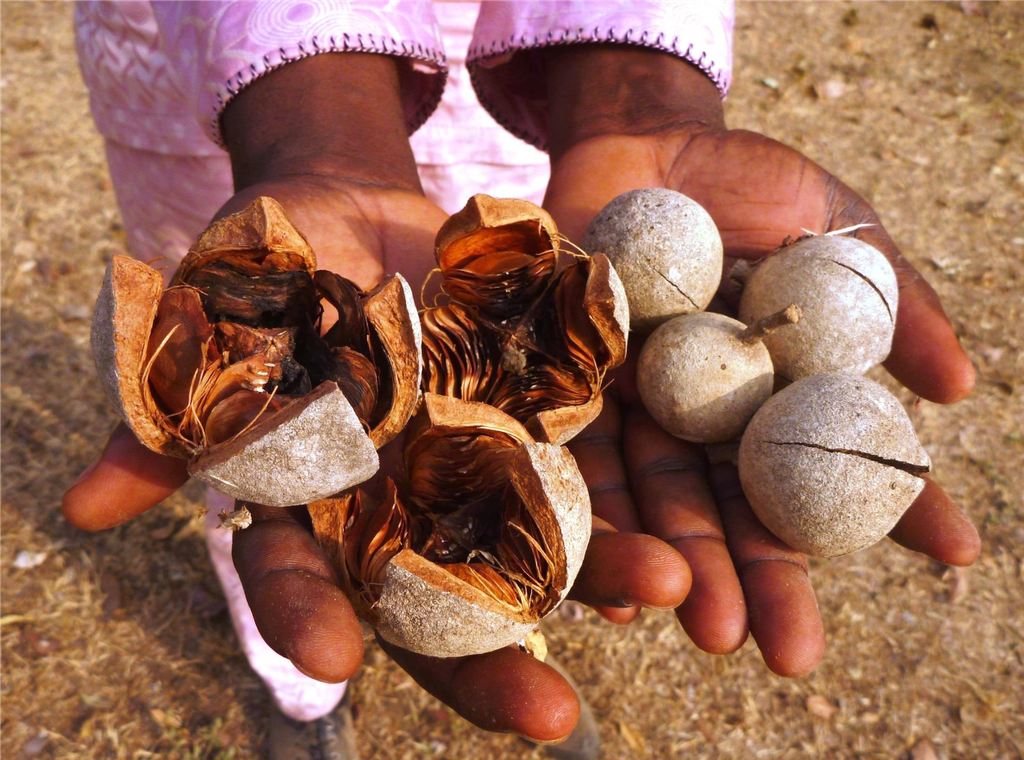
-
Status of project
Completed -
Region
Africa -
Country
Nigeria -
Programme
Global Trees Campaign -
Workstream
Saving Plants -
Topic
Tree Conservation
Project completed
Conservation problem
Nigeria has one of the highest deforestation rates in the world, which threatens many native tree species with extinction.
Project Goal
Identify, conserve and catalyse action for Nigeria’s most threatened trees.
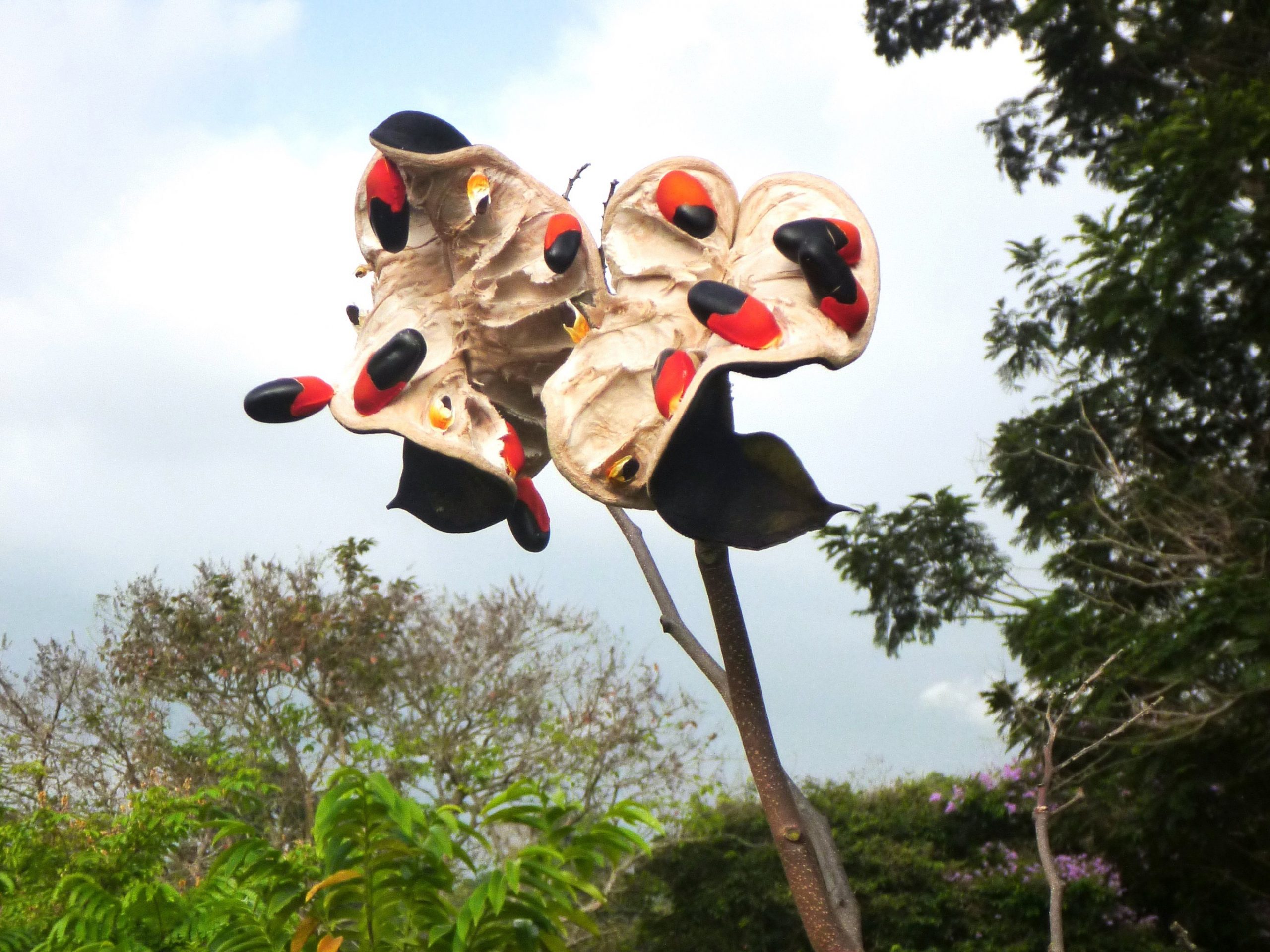
Why these species?
According to the Nigerian Conservation Foundation, forest cover in Nigeria is now down to only 4%. With one of the highest deforestation rates in the world, the National Biodiversity Strategy and Action Plan estimates that all forests in Nigeria will be gone by 2020. Nigeria is the most populous country in Africa, has high levels of poverty, rising unemployment, and has suffered from a recent economic recession. These drivers have increased pressure on “free” forest resources, a situation only made worse by illegal logging and poor forest governance. Accelerated forest clearance and degradation have resulted in the rapid decline of indigenous trees.
Tree species particularly at risk include Cola nigerica (Critically Endangered), Entandrophragma cylindricum (Vulnerable), Pericopsis elata (Endangered) and Tieghemella heckelii (Endangered). In places such as Nigeria, where threats to wild trees are very high, it is useful to protect species in ex situ collections.
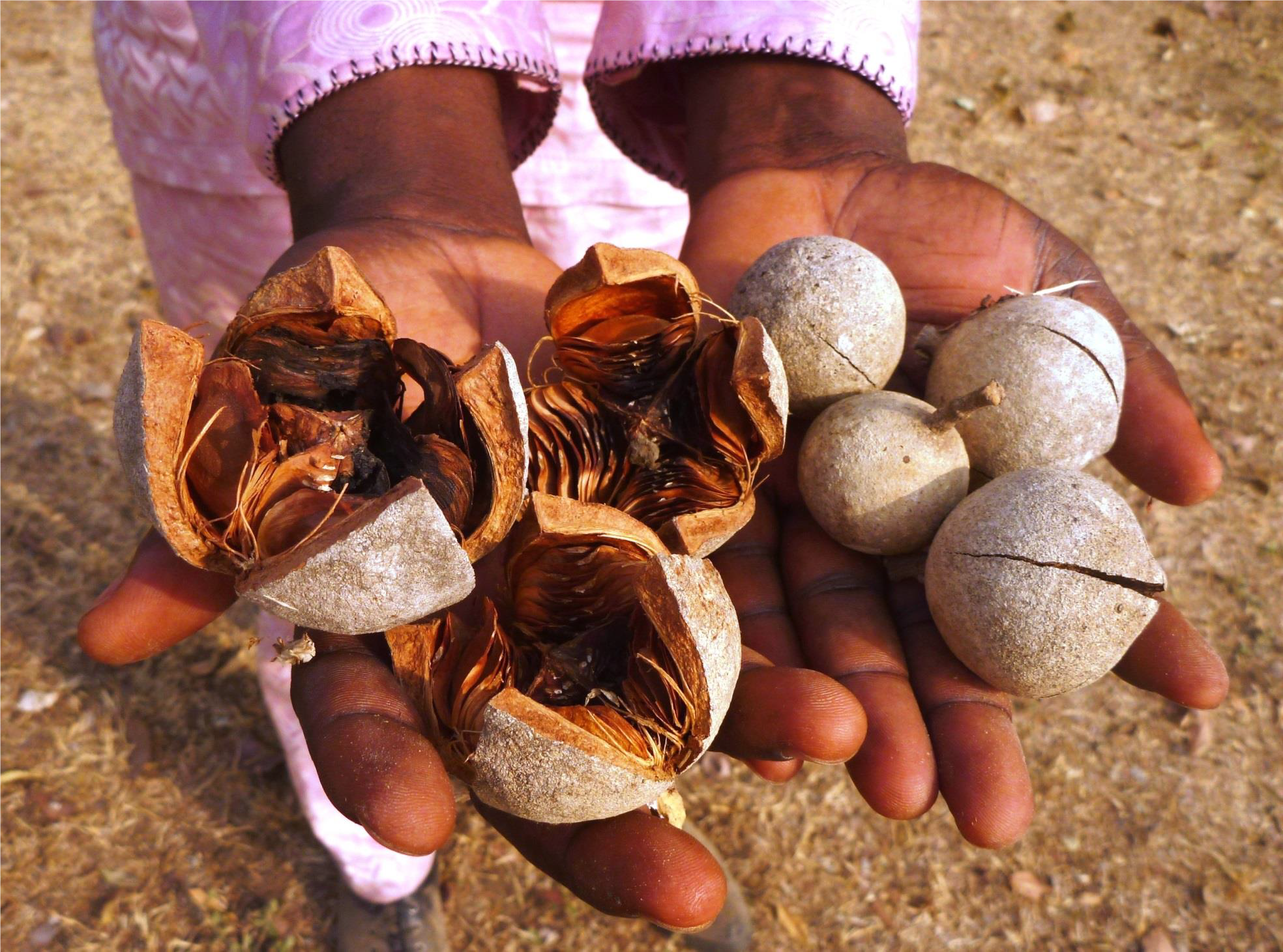
What did we do?
In collaboration with the International Institute of Tropical Agriculture (IITA) Forest Unit in Ibadan, Nigeria, we prioritised which tree species needed immediate attention, and implemented urgent conservation actions. These included; seed collection, establishment of ex situ living collections and propagation trials, and storage of seed in the IITA seed bank where possible. The project also highlighted the need to scale up conservation action for Nigerian trees and to enhance collaboration among conservation partners in Nigeria.
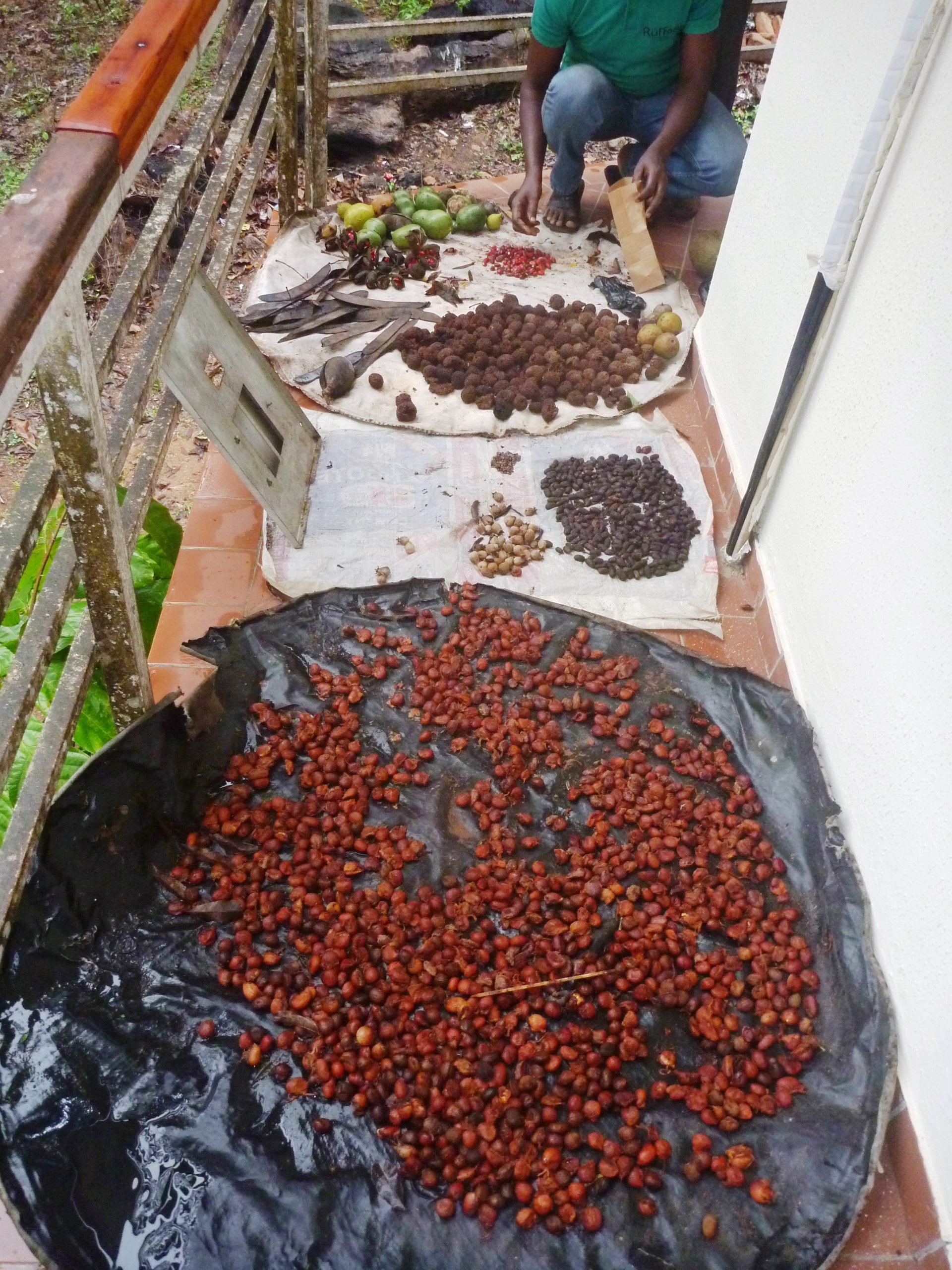
Key achievements
BGCI laid important foundations for tree conservation in Nigeria. A priority list of 58 tree species was compiled, including four high priority species (Cola nigerica (Critically Endangered), Entandrophragma cylindricum (Vulnerable), Pericopsis elata (Endangered) and Tieghemella heckelii (Endangered)). Propagation material was collected for 31 target species, including the four high priority species. Propagation trials were then carried out for ten species, and a ‘Manual of Propagation for Nigerian Trees’ has been developed and is freely available online. This Manual will enable interested stakeholders to grow and plant native and threatened tree species reducing reliance on exotic species. Over thirty threatened tree species are now in ex situ collections in the IITA Tree Heritage Park and seeds of 13 of the target species are now stored in the IITA seed bank. These vital collections act as an insurance policy against extinction and as a source of material for future reintroductions.
We hosted the first national training course on conservation techniques for Nigerian tree species, which was attended by 33 participants from government, academia, NGOs and arboreta. The course equipped delegates with the knowledge and vital skills to establish new projects to protect tree species from extinction.
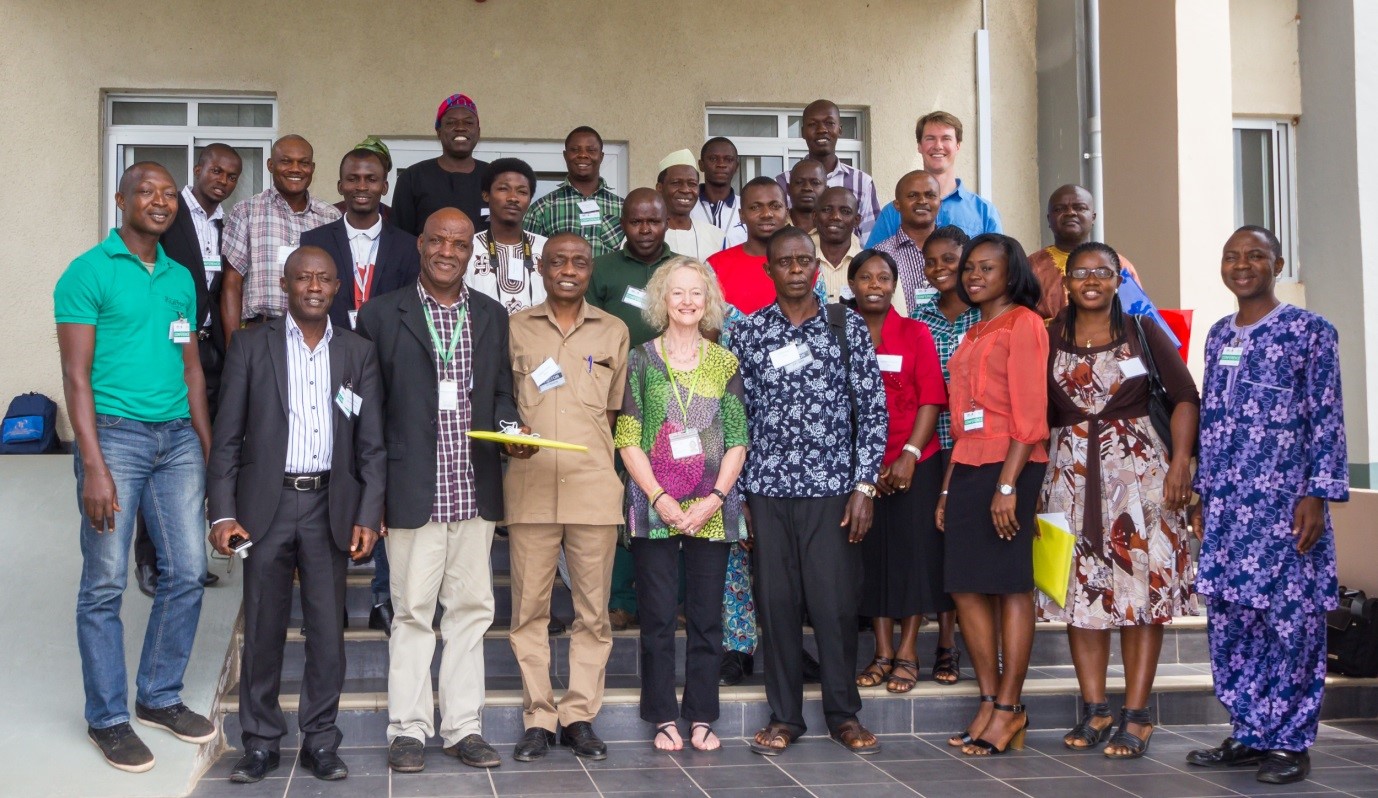
Contact details
For more information on this project, please contact globaltrees@bgci.org